Maintaining optimal braking performance in semi-trailers is crucial for safety and efficiency on the road. Brakes are a semi-trailer’s lifeline, directly impacting driving dynamics, load security, and overall vehicle operation. This guide delves into the step-by-step process of properly adjusting semi-trailer brakes, the types of brake systems, and best practices for maintenance.
Understanding Semi-Trailer Brake Systems
Before diving into adjustments, it’s essential to understand the various types of brake systems used in semi-trailers.
1. Air Brake System
Air brakes are the most common braking system in semi-trailers. They use compressed air to operate the brakes. Key components include:
- Air compressor
- Reservoirs
- Brake chambers
- Slack adjusters
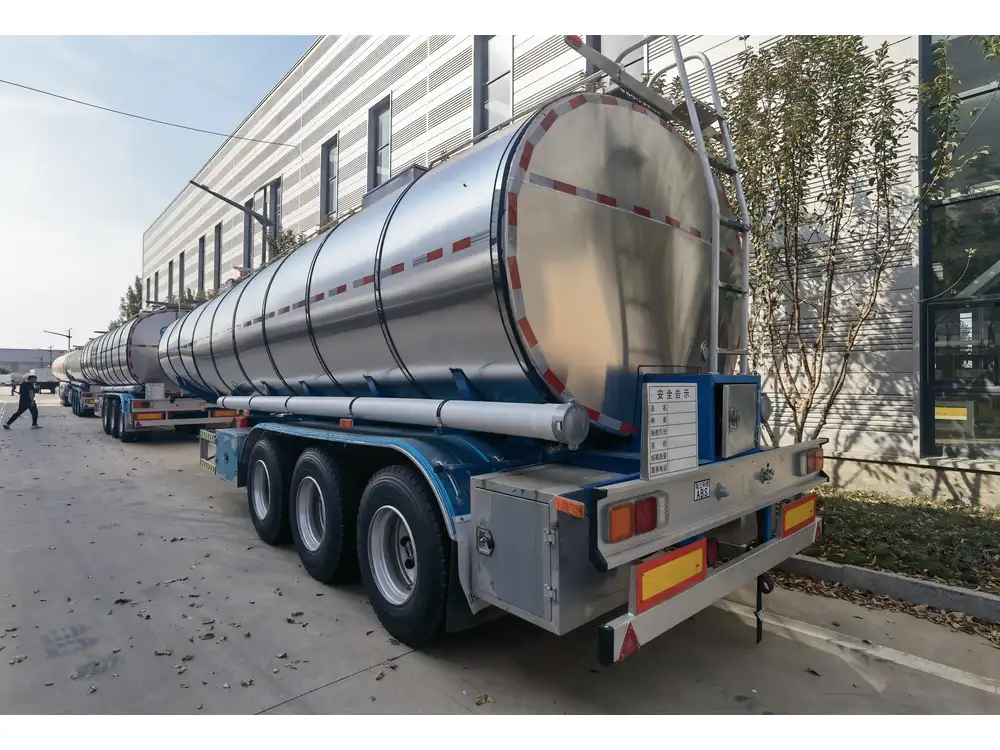
2. Electric Brake System
Electric brakes, less common in heavy-duty applications, operate via electrical signals from the truck to the trailer. Key components include:
- Electric brake magnet
- Brake shoe
- Control module
3. Hydraulic Brake System
Hydraulic brakes use fluid pressure to engage the braking system, typically found in lighter trailers. Key components include:
- Master cylinder
- Brake lines
- Calipers and rotors
Essential Tools Required for Brake Adjustment
To ensure a proper adjustment, gather the following tools:
- Wrench set: For adjusting slack adjusters.
- Torque wrench: For securing bolts to the manufacturer’s specifications.
- Measuring tape: For checking brake lining wear.
- Wheel chocks: To secure the trailer.
- Safety glasses: To protect eyes during maintenance.

Step-by-Step Guide to Adjusting Semi-Trailer Brakes
Step 1: Safety Measures
Ensure that the semi-trailer is parked on a level surface. Utilize wheel chocks to prevent rolling and engage the trailer brakes to maintain stability throughout the adjustment.
Step 2: Inspect the Brake Components
Examine all brake components for wear and tear:
- Brake Shoes: Check for thickness; if less than 1/4 inch, replace them.
- Drums: Inspect for scoring or cracks.
- Air Lines: Look for leaks or damage.
- Brake Chambers: Ensure they are secure and free of leaks.

Step 3: Adjusting the Slack Adjusters
Slack adjusters are pivotal in achieving correct brake adjustment. Follow these guidelines:
- Locate the Slack Adjuster: Typically found on the axle assembly, connected to the brake chamber.
- Measure the Stroke: With the trailer brakes fully applied, measure how far the push rod extends from the brake chamber. This distance should align with manufacturer specifications (usually between 1 to 2 inches).
- Adjustment Process:
- Manual Adjustment: Using a wrench, turn the adjustment bolt clockwise to shorten or counterclockwise to lengthen the slack adjuster.
- Self-Adjusting Models: Ensure the brakes are applied to engage automatic adjustment.
Step 4: Verify Brake Adjustment
Once adjustments are made, verify their effectiveness:
- Release the brakes and check for free play by pulling back the push rod. It should retract only slightly.
- Reapply the brakes and ensure a solid feel in the pedal.
Common Issues and Solutions
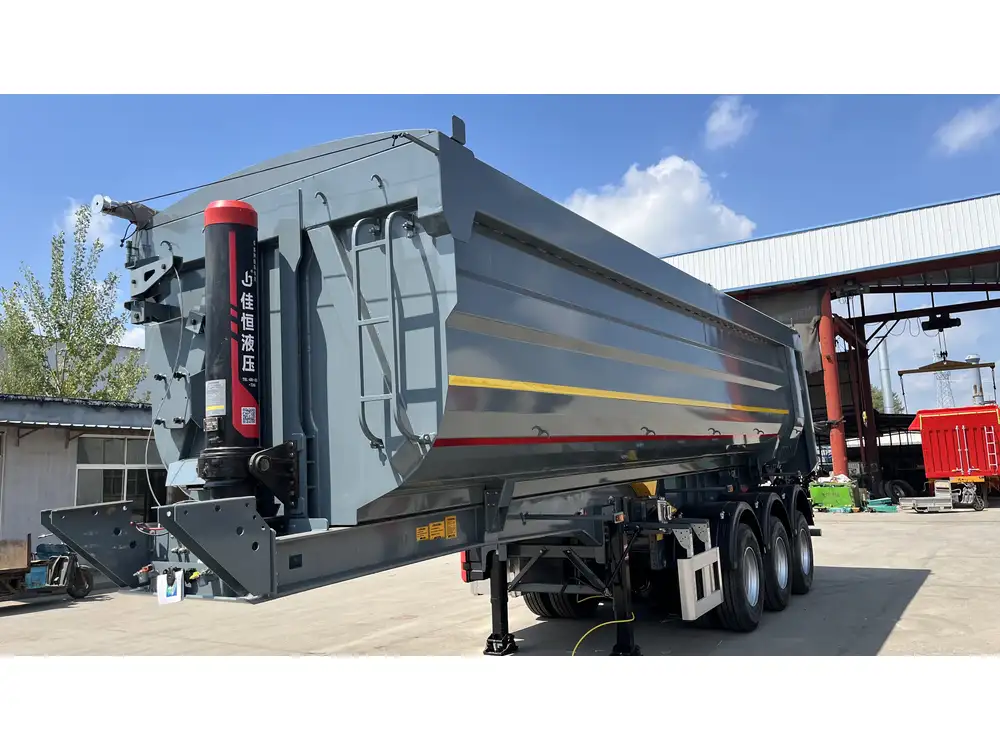
Problem 1: Pulling to One Side
Causes:
- Uneven brake adjustment.
- Worn brake components.
Solutions:
- Adjust the slack adjusters equally on both sides.
- Inspect and replace any worn brake shoes or drums.
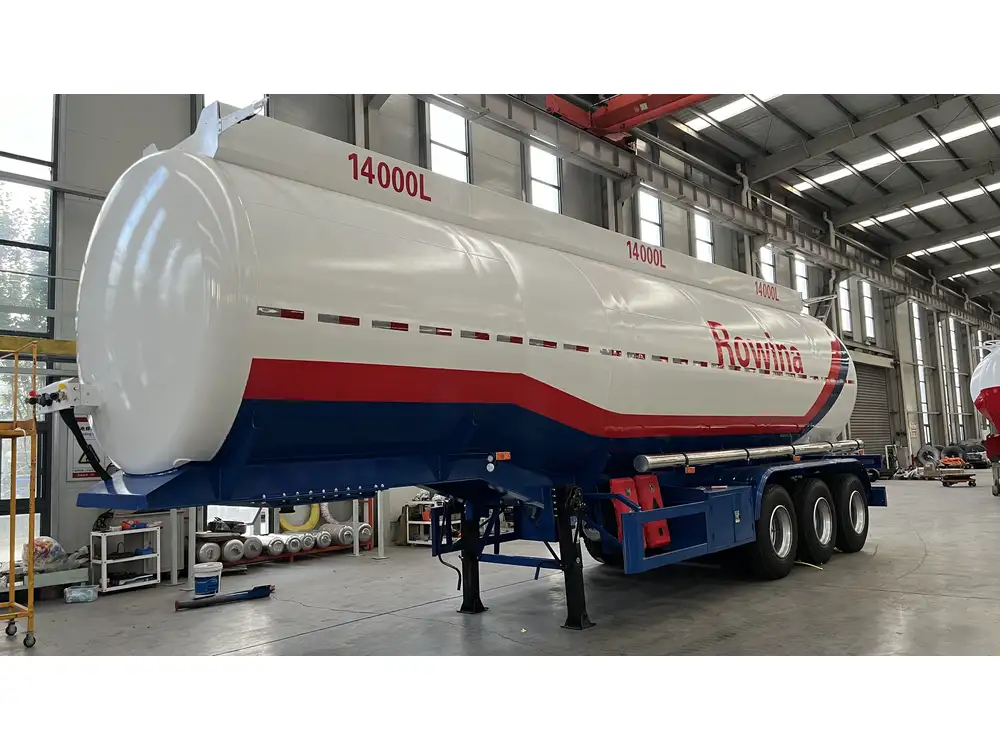
Problem 2: Excessive Brake Wear
Causes:
- Over-adjustment.
- Faulty brake chamber.
Solutions:
- Ensure slack adjusters are not overly tightened.
- Replace any faulty brake chambers to maintain balanced braking force.

Problem 3: Brake Fade
Causes:
- Overheating due to excessive use.
- Worn components.
Solutions:
- Allow brakes to cool before reapplying pressure.
- Regularly inspect and replace worn components.
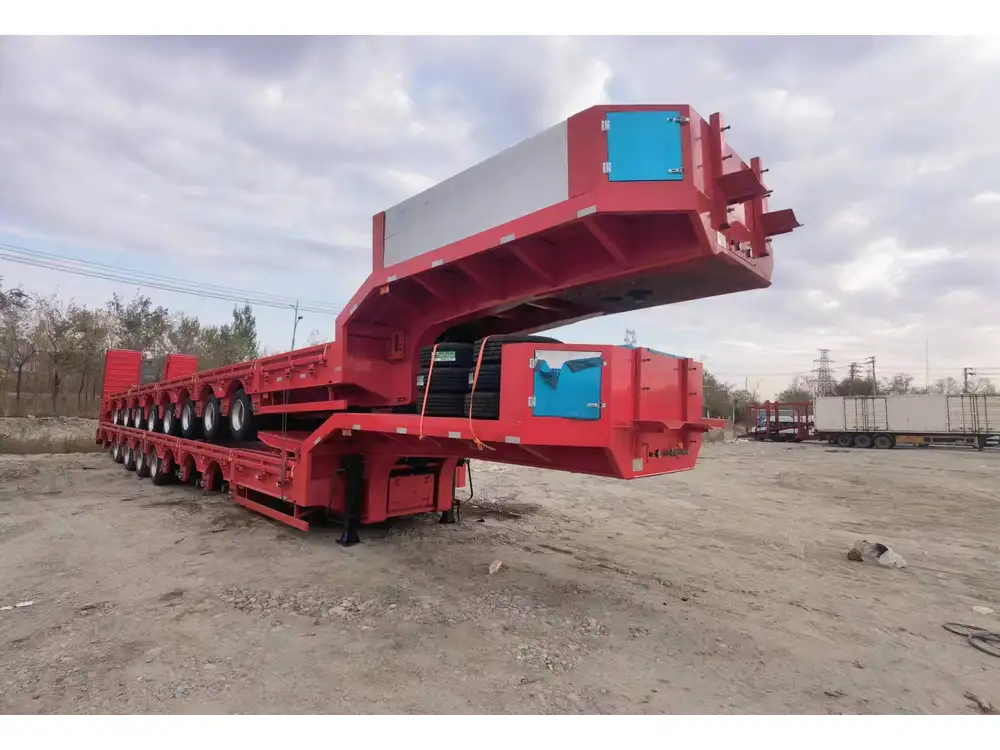
Maintenance Best Practices
Regular Inspection Schedule
Conduct brake inspections regularly:
- Monthly Checks: Inspect for leaks and general wear.
- Bi-Annual Checks: Measure brake shoe thickness and adjust slack adjusters.
- Pre-Trip Inspections: Always check brakes as part of your truck’s pre-trip checklist.
Keeping Brake Components Clean
Maintaining clean brake components helps reduce wear:
- Clean drum surfaces to prevent fading.
- Apply brake cleaner to remove dust and debris.
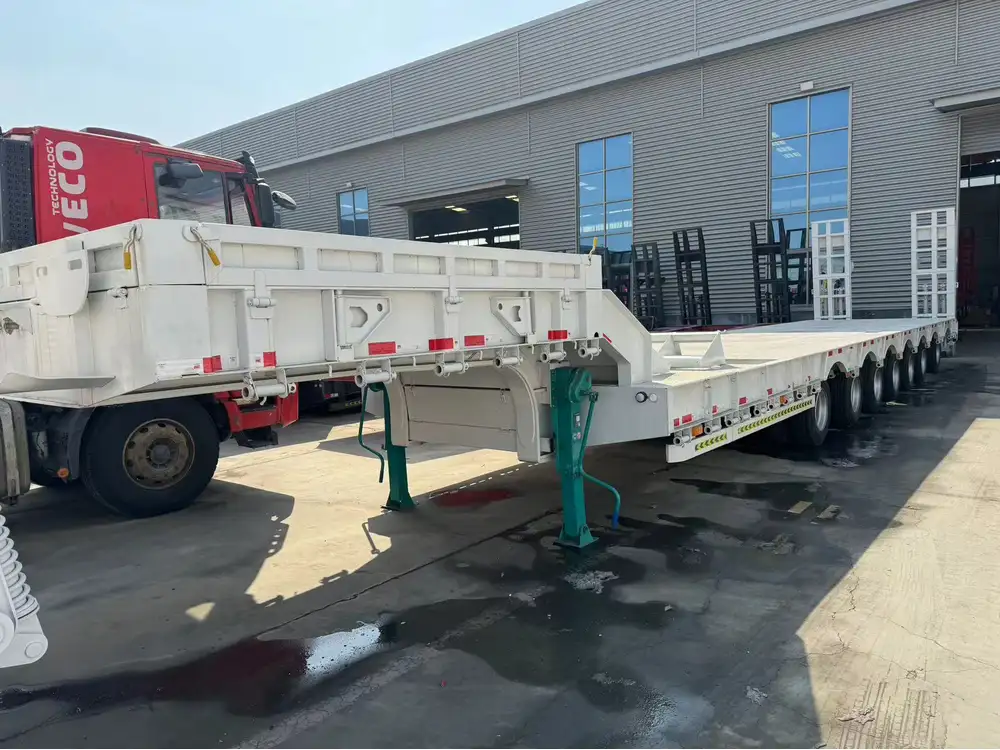
Professional Servicing
Consider professional servicing at least once a year or after heavy use. A qualified technician can perform comprehensive checks and adjustments to ensure long-term functionality.
Conclusion
Proper adjustment of semi-trailer brakes is not only a matter of compliance but a critical factor in ensuring safety and efficiency on the road. By following our detailed guide, utilizing the right tools, conducting regular maintenance inspections, and addressing common issues promptly, operators can maximize the performance of their braking systems. A properly functioning braking system not only enhances safety but also prolongs the life of semi-trailer components, ensuring reliable operation over countless miles.
Further Actions
For a deeper understanding of your specific semi-trailer braking system, refer to the manufacturer’s manual. Staying informed and proactive about your brake system is essential for efficient and safe transportation.



